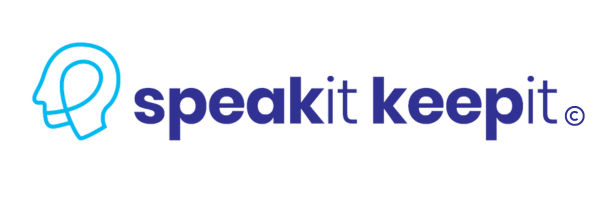While lectures do have their place in traditional education, there are certain limitations to this form of teaching that can lead to decreased student engagement and deeper learning. Some of the clear disadvantages of using the common lecture environment include:
1. Lack of Interactivity: Lectures tend to be a one-way process, with the instructor speaking to students and providing little opportunity for interaction beyond occasional questions from the audience.
2. Passive Learning: Students often remain passive during lectures, taking in information but not actively engaging in the learning process. Therefore, they may struggle to retain new material or comprehend its relevance.
3. Low Engagement: Sitting continuously for an extended period of time tends to be tedious and less interactive for students, resulting in reduced attention and decreased engagement.
4. Information Overload: Students have increased difficulty in retaining information provided in lectures due to the overwhelming amount of information provided in a single session.
5. Little Flexibility: The method is unfavorable for students with different learning styles and needs since this approach provides no chance for customization of material or additional support for different learner categories.
Incorporating the Psychology of Learning With Technology into Lectures For Greater Educational Engagement
The traditional lecture learning model is being revolutionized by advances in technology. In the digital age, educators have the opportunity to combine technology, the psychology of learning, and improved student collaboration to create more effective educational experiences. This combination can be used to make lectures more comprehensive, engaging, and impactful, ultimately improving attention, memory, personalized understanding, creativity, and problem solving.
Incorporating the psychology of learning into lectures greatly improves upon the traditional lecture structure without lengthening the lecture time. Cognitive learning theory can be used to achieve engagement and deeper learning through a completely structured active learning process. Without changing the lectures, we can change the minds of students to make their minds an effective space for learning in lectures.
To achieve these positive outcomes, students should understand and explore what learning is. After taking the transformative workshop students are elevated and look at the lecture more than just a source of receiving information, rather the lecture becomes a portal into the information which they absorbed. The workshop teaches students to create a mental space in which students construct their own understanding and to take ownership of their learning.

